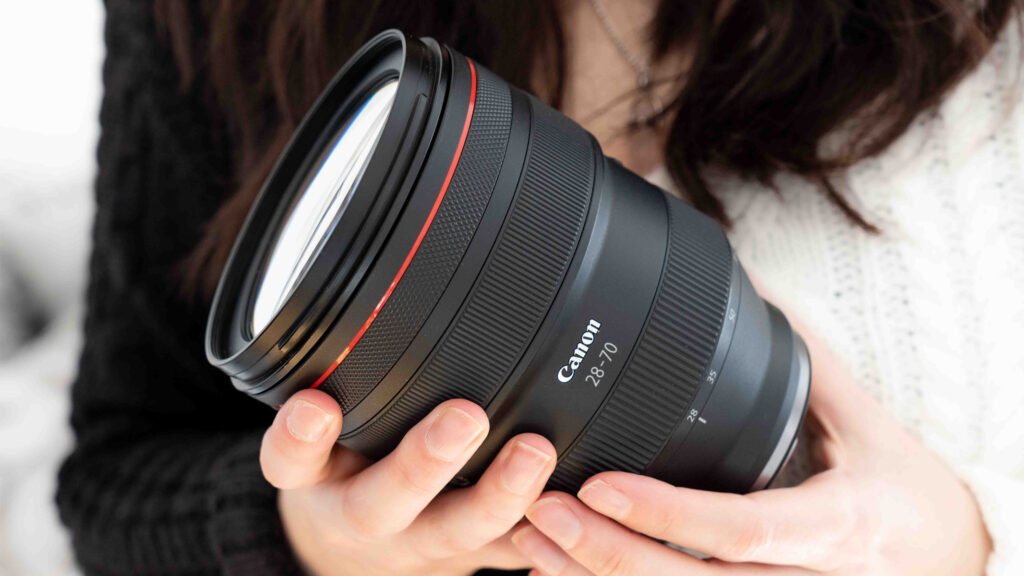When it comes to capturing stunning photographs, the lens you use can make all the difference. Whether you’re a professional photographer or just starting out, choosing the best lens for your digital camera can elevate your photos to a whole new level. In this guide, we’ll explore the best lenses for digital cameras, highlighting key features and providing recommendations to help you make an informed decision.
Understanding Your Needs
Before diving into specific lenses, it’s crucial to understand your photography needs. Different lenses serve different purposes, so knowing what you want to achieve will help narrow down your options. For example, are you interested in portrait photography, landscape shots, or maybe wildlife photography? Each scenario demands a different type of lens.

Portrait Lenses
Portrait photography requires a lens that can beautifully capture detail and offer a pleasing background blur. Typically, a lens with a focal length of 50mm to 85mm works best for portraits. One standout option is the Canon EF 50mm f/1.8 STM. This lens is renowned for its sharp image quality and its ability to create that lovely, creamy bokeh that makes portraits pop. If you’re using a Nikon camera, the Nikon AF-S DX NIKKOR 35mm f/1.8G is a fantastic choice with a similar effect.
Landscape Lenses
For landscape photography, you need a lens that can capture wide scenes with exceptional clarity. Wide-angle lenses are the go-to for this type of photography. The Nikon AF-S NIKKOR 14-24mm f/2.8G ED is a favorite among landscape photographers due to its ultra-wide angle and excellent sharpness. Canon users might find the Canon EF 16-35mm f/4L IS USM equally impressive, offering great image stabilization and sharpness across the frame.
Wildlife Lenses
Wildlife photography demands lenses with long focal lengths to get close to subjects without disturbing them. A telephoto lens is ideal for this purpose. The Sigma 150-600mm f/5-6.3 DG OS HSM Sports lens is a top contender, offering a versatile zoom range and superior image stabilization. For Canon users, the Canon EF 100-400mm f/4.5-5.6L IS II USM lens provides a great balance of reach and image quality.
Versatility in Lenses
Some lenses offer versatility that can be advantageous for various types of photography. The 24-70mm f/2.8 lens is often referred to as a workhorse because of its flexibility. This lens covers a wide range of focal lengths, making it suitable for everything from portraits to landscapes. The Tamron SP 24-70mm f/2.8 Di VC USD G2 is a great option, providing excellent image quality and vibration compensation.
Another versatile choice is the 18-55mm kit lens, which often comes with entry-level cameras. While not as high-end as some other options, it’s a solid starting point and can handle various photography scenarios.
Budget-Friendly Options
You don’t need to break the bank to get a great lens. There are several budget-friendly options that offer excellent performance without costing a fortune. For instance, the Yongnuo YN50mm f/1.8 is an affordable alternative for portrait photography. It provides a similar effect to more expensive lenses and is compatible with both Canon and Nikon cameras.
Another budget pick is the Sigma 17-50mm f/2.8 EX DC OS HSM, which offers a constant aperture and solid image quality at a reasonable price. It’s a great option for those who want a versatile lens without spending too much.
Conclusion
Choosing the best lens for your digital camera depends largely on your specific needs and budget. From portrait to landscape and wildlife photography, there’s a lens out there designed to enhance your photographic experience. By understanding what each lens offers and how it fits into your photography style, you can make an informed decision that will lead to stunning results. Remember, the right lens can transform your photography and bring your creative vision to life.










